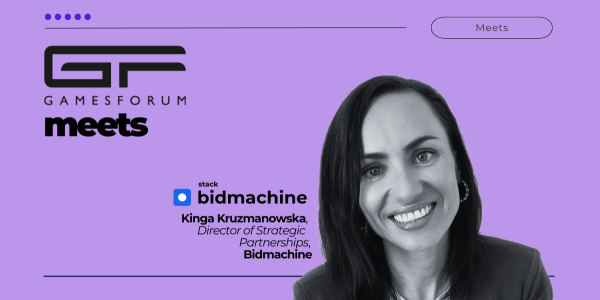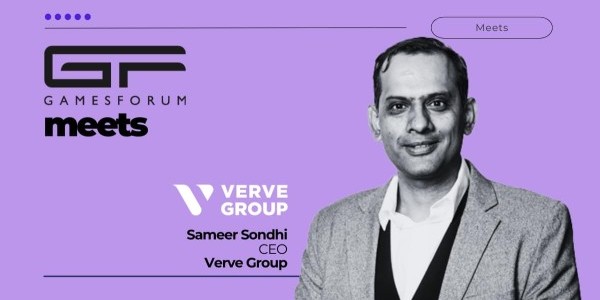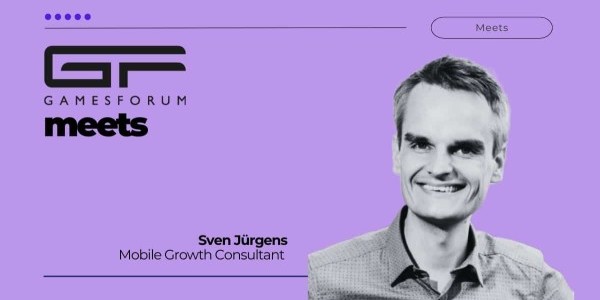Unlocking Mobile Gaming Success with First-Party Data

Accessing third-party data is expensive and increasingly subject to stringent privacy regulations, especially given the constraints on third-party app tracking. So, why aren't more organisations pivoting to first-party data and exploring the vast opportunities that come with it? Simply put, first-party data offers a clear and direct view of player behaviour. It’s key for crafting personalised experiences, optimising in-game purchases, and ensuring ads hit the mark. With first-party data, you're not just guessing what your players want - you know.
We explore how harnessing first-party data can help boost revenue streams and keep players engaged all while navigating the challenges and ethical considerations that come with it.
Navigating ad tech and signal loss
The mobile gaming industry has faced significant challenges due to changes in ad tech, such as Apple's ATT framework and the deprecation of third-party cookies. In a post-ATT world, these changes have led to a loss of signals that advertisers previously relied on for targeting. First-party data is now critical in filling this gap. By leveraging direct data from their own users, developers can continue to provide valuable targeting information without relying on third-party sources. This shift emphasises the importance of building robust first-party data strategies to maintain effective monetisation in a changing ad tech environment.
The first-party road to personalisation
Projected to achieve US$109.60bn in 2024, with an annual growth rate of 9.10% from 2024 to 2029, mobile gamers are increasingly looking towards in-game ads as the new norm. Mobile gaming, and gaming overall, is unique in the sense that players don’t simply just see a product or service, they utilise it and it lives on in perpetuity when used to enhance user experience in-game.
From reasons ranging from an active mindset while gaming to using only one screen, the bottom line is that we are in the era of games-as-a-service, which means a continuous revenue stream from in-game ads. A more personal, engaging player experience ultimately boosts customer retention and increases lifetime value - this is substantiated by its multi-billion dollar projected revenue.

‘By analysing player behaviour within a game, developers can offer personalised recommendations for in-game purchases, upgrades, or contentthat align with the player's preferences. This can enhance the player experience by providing relevant content tailored to their interests. First-party data can also be used to dynamically adjust the difficulty level of the game based on the player's skill level and progress. By analysing gameplay data, developers can ensure that the game remains challenging yet enjoyable for each player, leading to increased engagement.’ says Daniel Bowen, VP of Sales, Nefta.
User acquisition and retention
Understanding players begins with analysing their behaviour and preferences. First-party data offers a treasure trove of insights into how players interact with your game. This includes data on gameplay frequency, session duration, preferred game modes, and in-game purchases. By examining this data, developers can identify patterns and pain points. For instance, if a significant drop-off occurs at a particular level, it may indicate that the level is too difficult or confusing. Recognising these patterns allows developers to make informed decisions to improve the gaming experience. Božo Janković, Head of Ad Mon at Gamebiz Consulting, believes that even ad mediation providers can’t replace first-party data in this regard, as they are 'barely just scratching the surface’.
 ‘The developer has to dig deep into the data available (or to make more data available by implementing new events) in order to really understand what should be done to create an effective ad monetisation setup. This includes a deep understanding of user behaviour, how they are interacting with certain game features, how much time they spend in the game, how likely they are to churn, to convert on an in-app purchase, or how they are interacting with existing ads in the game.’, continues Bozo
‘The developer has to dig deep into the data available (or to make more data available by implementing new events) in order to really understand what should be done to create an effective ad monetisation setup. This includes a deep understanding of user behaviour, how they are interacting with certain game features, how much time they spend in the game, how likely they are to churn, to convert on an in-app purchase, or how they are interacting with existing ads in the game.’, continues BozoPredicting and preventing churn
One of the most significant advantages of first-party data is its ability to predict player churn. By applying predictive analytics, developers can identify players who are at risk of leaving the game. Key indicators might include a decrease in login frequency, shorter session lengths, or a decline in in-game purchases. Once these at-risk players are identified, developers can implement targeted interventions to retain them, such as:
- Incentive offers: Providing special offers or discounts to encourage continued play.
- Re-engagement campaigns: Sending personalised messages or rewards to remind players of the game's value and entice them back.
- Content updates: Introducing new content or features that address the pain points identified from the data analysis.
What are some of the challenges of first-party data?
The shift toward first-party data isn't without hurdles. Key among these are the complexities of data aggregation coupled with the crucial task of building consumer trust. Larger organisations naturally have a leg up, possessing the necessary resources to develop the sophisticated infrastructures needed to collect and leverage first-party data effectively.
Major publishers have successfully leveraged first-party data, driving recent industry consolidations. Their experience shows that beyond game development, monetisation, and engagement optimisation, first-party data can uncover significant external player value. Let’s also not forget, this is new territory - by increasingly prioritising first-party data over its its third-party counterpart, the industry is forging new paths. Third-party data and the dominance of ad tech giants that supplied it in abundance are slowly but surely being phased out. When first-party data is meticulously prepared, analysed, and employed, does it not unveil a broad range of advantages that can significantly boost profitability, user engagement, and the overall growth trajectory of gaming enterprises? This has remained as true in the post-ATT tracking era as it was before. Some have built their own data vaults, enhanced by complex machine learning algorithms, while others have extended their reach by creating proprietary advertising networks.
If anything, a renewed focus on first-party data for mobile gaming is a call to innovation, a rallying cry for the industry to pioneer new frontiers in data utilisation and strategy.









